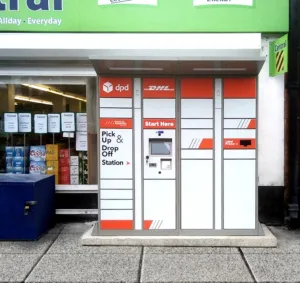by Glynn Davis, founder, Retail Insider
Nobody bats an eye at the constantly changing prices charged for airline seats or for rooms at the budget end of the hotel market. We’ve become accustomed to the way these sectors work and they have also been helped by the fact we would be unaware if every person on our flight or in our chosen hotel had paid significantly less than we had.
This opacity is one of the characteristics of buying online as opposed to in a physical store where things are a lot more transparent. Price stickers on the goods and shelving show everybody the amounts being charged. Frequent changes (up and down) to these would be clear for all to see and could lead to disagreements and disapproval on the shop floor. There is also the hassle of messing around with barcodes etc…This is murky, messy territory and so retailers have typically shied away from such activity.
There remains great sensitivity in most areas towards dynamic pricing as highlighted by visitor attractions and their widespread adoption of high-and-low-season pricing strategies for school holidays and other peak periods. In a survey by Convious, Baker Richards only around 20% of people believe it acceptable to increase prices at busier times whereas a hefty 60% find it acceptable for prices to be lower at less busy times. This would suggest many people quite like the idea of dynamic pricing but only when it works in their favour and prices fall.
Despite these consumer sensitivities it is still surprising that we have not seen more experimentation with dynamic pricing – especially within ecommerce where there is the upside of opacity. What makes this lack of activity even more surprising is that retailers seem okay with offering discount vouchers rather indiscriminately to online shoppers to attract their business. And this is against an inflationary backdrop.
Surely there are more intelligent ways to flex pricing and drive extra sales. Where such activity would work particularly well is within the resale market where there is no particular set price for goods. Each item is technically unique and priced accordingly. There is therefore the ability to move the pricing up and down more easily than there is with new products
Vintage site Etsy has recognised this need to play around with pricing and is testing a feature called Make an Offer. This eBay-like price negotiation feature allows sellers to suggest a starting price and let potential buyers make offers. Sellers can pick which listings they want to accept bids for and set floor prices. They can also manually select which offer they want to accept and directly contact the buyer to negotiate further. Etsy acknowledges this sort of activity was taking place unofficially on the platform and that its move with Make an Offer will streamline the process.
Taking things on a stage and automating the process is AI-powered negotiation e-commerce chatbot Nibble. It creates a personalised and engaging communication between consumers and retailers with the objective of tempting them into haggling over the price. It empowers customers to confidently shop on their terms by seeking to get a better price. Various retailers (including many small operators on Shopify) have deployed the plug-in on their websites to improve conversion rates, increase average order values, and reduce cart abandonment.
Rosie Bailey, co-founder of Nibble, says it is proving a struggle for many resale sites to turn a profit and having a pop-up prompt an engagement that can result in a lower price for the shopper offers a potential solution to their predicament of constrained profits.
The adoption of such solutions and initiatives by retailers and marketplaces will undoubtedly create an environment where there is a great acceptance of more fluid pricing. This will hopefully result in a scenario that is ultimately beneficial to both retailers and consumers.










